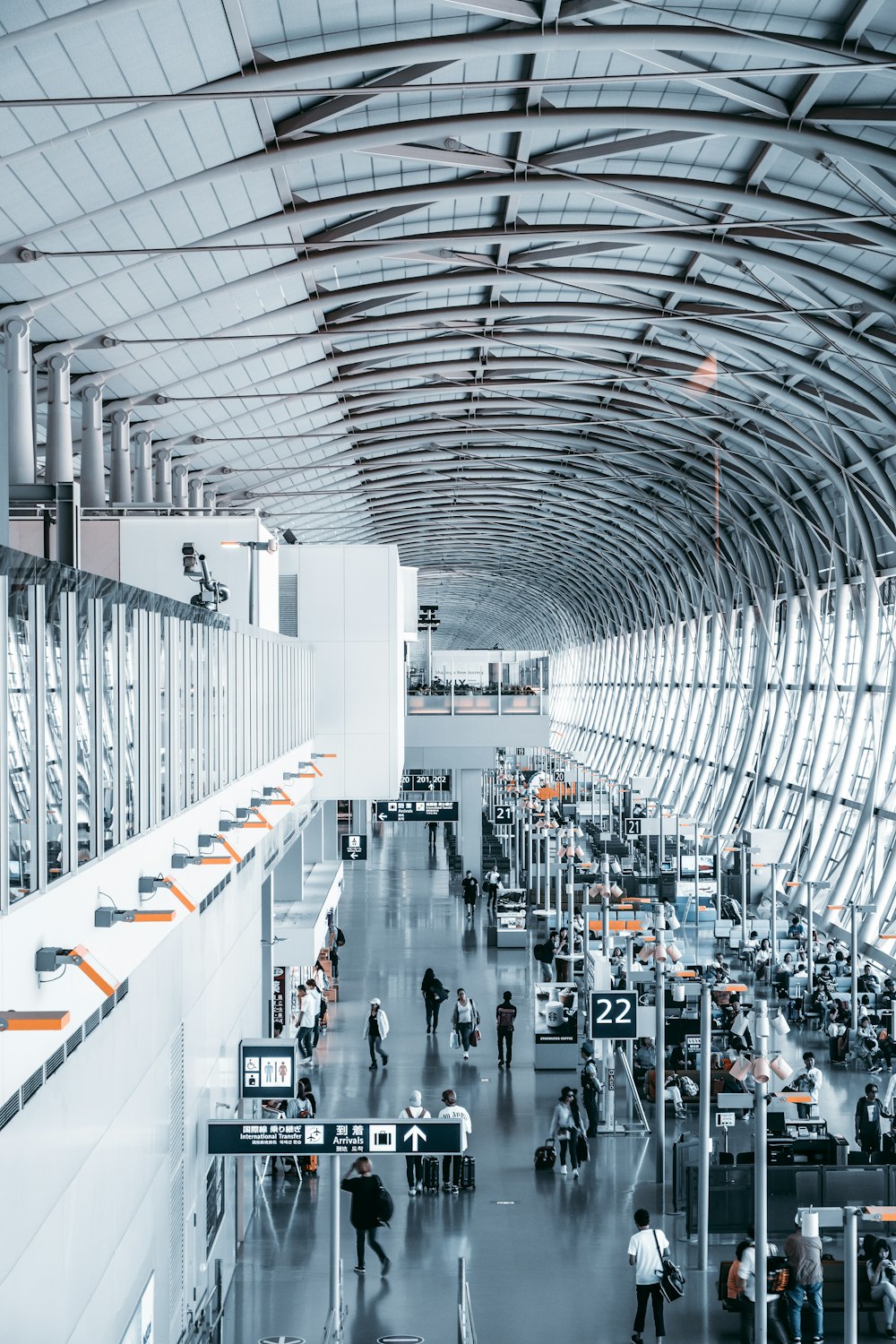Airports are places of great importance in the world today, connecting people from one location to another. From the size of the airport to the services offered, the differences between airports can be quite significant.
Airport differences
The size of an airport is the first major difference that can be seen. Smaller airports, such as regional airports, are typically used for regional and domestic flights. These airports usually have fewer runways, smaller terminals, and less amenities than larger airports. The larger airports, such as international airports, are usually located in metropolitan areas and are designed to handle a higher volume of traffic. These airports typically have more runways, larger terminals, and more amenities than smaller airports.
The type of aircraft serviced at the airport is another major difference between airports. Smaller airports typically service smaller aircraft, such as propeller planes and regional jets, while larger airports service larger aircraft, such as wide–body jets and jumbo jets. The larger aircraft require longer runways and larger terminals to accommodate them, so they are typically only serviced at international airports.
The services offered at airports can also vary significantly. Smaller airports may only offer basic services, such as ticketing and baggage handling, while larger airports may offer a wide range of services, such as shopping, dining, and entertainment. Some airports may even offer additional services, such as foreign exchange services, car rental services, and medical services.
The security measures implemented at airports are also different from one airport to another. Smaller airports may have less stringent security measures in place, while larger airports typically have more stringent security measures in place. This is due to the fact that larger airports handle more passengers and therefore require more stringent security measures to ensure the safety of all travelers.
Finally, the cost of using airports can also be a major difference between airports. Smaller airports may be more affordable for travelers, while larger airports may be more expensive due to the additional services they offer and the higher security measures they have in place.
Overall, the differences between airports can be quite significant. From the size of the airport to the services offered, the differences between airports can have a major impact on the travel experience. It is important for travelers to understand the differences between airports before they choose which one to use, as it can have a major impact on their travel experience.
Airport amenities
The average airport is a busy hub of activity, filled with a variety of people and services. From commercial airlines to private planes and from passengers to employees, airports are an integral part of the travel experience. While many travelers may not think much about their airport experience, there is actually quite a bit of content that makes up the average airport.
A typical airport is comprised of several different areas, each offering unique services and amenities to travelers. These areas include the ticketing area, the security checkpoint, the baggage claim area, and the concourse.
The ticketing area is the first area travelers will visit when arriving at the airport. Here, travelers will find ticket counters and kiosks where they can purchase and check–in for their flights. Travelers may also find a variety of other services, such as rental car counters, hotel check–in desks, and other services.
The security checkpoint is where travelers must go through to gain access to the concourse. This area is heavily guarded and staffed by security personnel, and all travelers must go through the security process before being allowed to proceed. This process typically involves showing identification and having bags and other items scanned.
The baggage claim area is where travelers will go to retrieve their checked luggage. Here, travelers can collect their bags and proceed to the concourse.
The concourse is the main area of the airport, and it is where travelers will board their flights. Here, travelers will find a variety of services, such as restaurants, retail stores, and even lounges. Additionally, travelers will find their departure gates here.
The airport also includes other areas, such as the parking lot, the control tower, and the runways. The parking lot is where travelers will park their cars, while the control tower is where air traffic controllers manage air traffic. Finally, the runways are the areas where planes take off and land.
Overall, the average airport is a bustling hub of activity, filled with a variety of services and amenities for travelers. From ticketing to security and from the concourse to the runways, airports provide travelers with a safe and efficient way to travel./*54745756836*/









